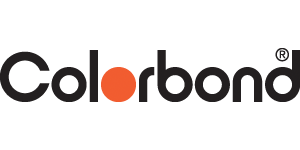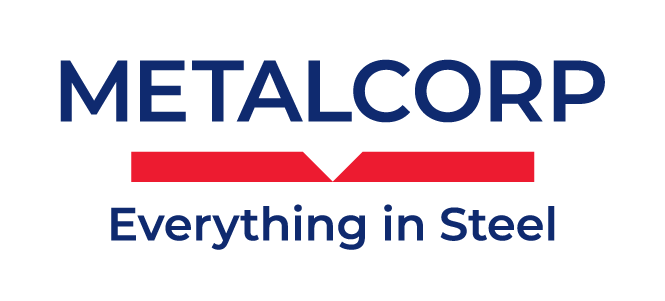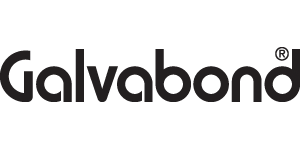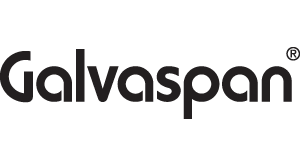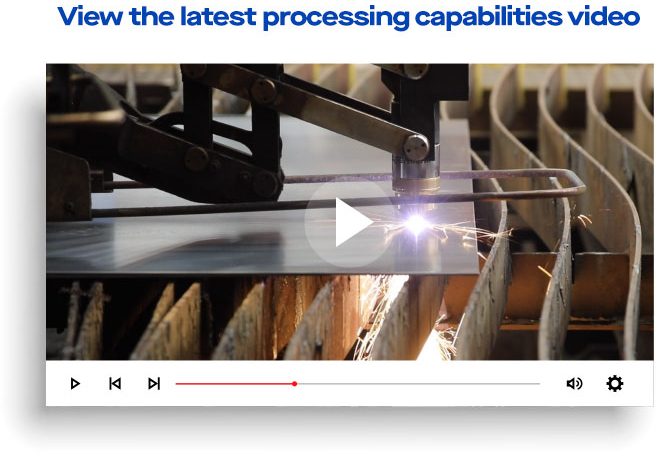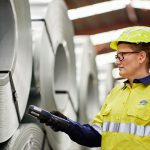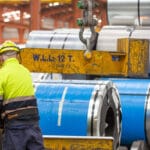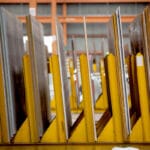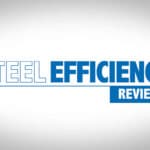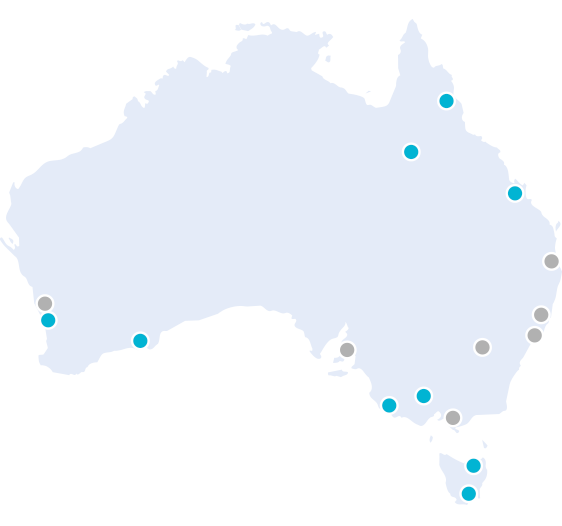Aluminium 5005 Data Sheet
5005 Overview
Alloy 5005 is a non-heat treatable rolled product supplied as either sheet or coil and is the softest of the 5000 series alloys making this alloy very suitable for forming and welding. It has excellent corrosion resistance properties and is suitable for a broad range of applications.
5005 Mass Conversion Factor: Kilograms (kg) per mm per square metre = 2.70kg
Anodising
5005 is ideal for anodising though streaks known as “barcoding” can appear in some cases. If your application requires visual perfection without blemish “Anodised Quality 5005” (AQ) can be ordered providing a guaranteed level of protection against anodising barcoding. AQ can be ordered on indent for consistent or project requirements. Please consult your BlueScope Distribution representative for further details.
Common Applications
5005 is used for most general fabrication requirements where the product is to be constructed from sheet or coil. It is one of the most commonly consumed alloys in Australia as it is versatile, soft and ductile making it ideal for architectural applications, general componentry, food appliances and sheet metal work.
Welding
5005 has excellent weldability by all standard methods especially with GMAW (MIG) and GTAW (TIG). Filler alloy 4043 and 5356 are common filler alloys dependant on alloy joining combinations.
Machining
Machinability of 5005 is poor on soft tempers though improves as the tempers increase. Accuracy of machining is managed with high speeds, ample lubrication, sharp tools, positive rakes, adequate clearance and continuous cutting.
|
Chemical Composition Specification (%) Single values are maxima except as noted |
||||||||||
|
Alloy |
Si |
Fe |
Cu |
Mn |
Mg |
Cr |
Zn |
Ti |
Other |
|
| Each | Total | |||||||||
| 5005 | 0.30 | 0.70 | 0.20 | 0.2 | 0.5-1.1 | 0.10 | 0.25 | – | 0.05 | 0.15 |
| 5052 | 0.25 | 0.40 | 0.10 | 0.10 | 2.2-2.8 | 0.15-0.35 | 0.1 | – | 0.05 | 0.15 |
|
Mechanical Property Specification – Single values are maxima except as noted |
|||||||
| Alloy and Temper | Thickness mm | Tensile Strength | Elongation (% min in 50mm) | ||||
| Over | Up to | Ultimate | Yield | ||||
| Min | Max | Min | Max | ||||
| 5005-O | 1.2 | 6.3 | 105 | 145 | 35 | – | 21 |
| 5005-H14 | 1.2 | 6.3 | 145 | 185 | 115 | – | 3 |
| 5005-H34 | 1.2 | 6.3 | 140 | 180 | 105 | – | 5 |
| 3003-H14 | 1.2 | 6.3 | 140 | 180 | 115 | 5 | |
| 5052-H32 | 0.63 | 50 | 215 | 265 | 160 | – | 5-11 |
| 5052-H38 | 0.63 | 3.20 | 270 | – | 220 | – | 4 |
Bend radii
|
Recommended Minimum Bend Radii for 90-Degree Cold Forming of Sheet of 5005 (Reference test method – ASTM E290) Thickness (t) |
|||||
| Temper | 0.8mm | 1.6mm | 3.2mm | 4.8mm | 6.0mm |
| 0 | 0t | 0t | 0t | ½t | 1t |
| H14 | 0t | 0t | 1t | 1½t | 1½t |
| H34 | 0t | 0t | 1t | 1½t | 1½t |
|
Bend radii listed are minimum recommendations only for bending sheets without fracture. Application method based on cold forming in a standard press brake with air bend dies. Alternative types of bending operations may require larger radii or smaller radii. Tooling quality and design may vary radii outcomes. |
|||||
Standards Referenced
AS/NZS 1734:1997 Reconfirmed 2020 – Aluminium and aluminium alloys – Flat sheet, coiled sheet and plate ASTM B209M – 14 – Aluminum and Aluminum Alloy Sheet and Plate
ASTM E290 – Bend Radii reference test method
The information in this data sheet document is not an exhaustive statement of all relevant information and is provided by way of general information only. BlueScope Distribution Pty Ltd makes no representation or warranty in relation to this data sheet document or the products or processes it describes, and takes no responsibility for any adverse consequences of any nature which arise as a result of reliance on the information or recommendations contained in it. You must make your own assessment of the information and recommendations contained in this data sheet document, including when necessary seeking specific advice as to the suitably of the products or processes featured in this data sheet document for the purpose for which, and the manner in which, you propose to use them. This may involve further independent analysis and testing.

